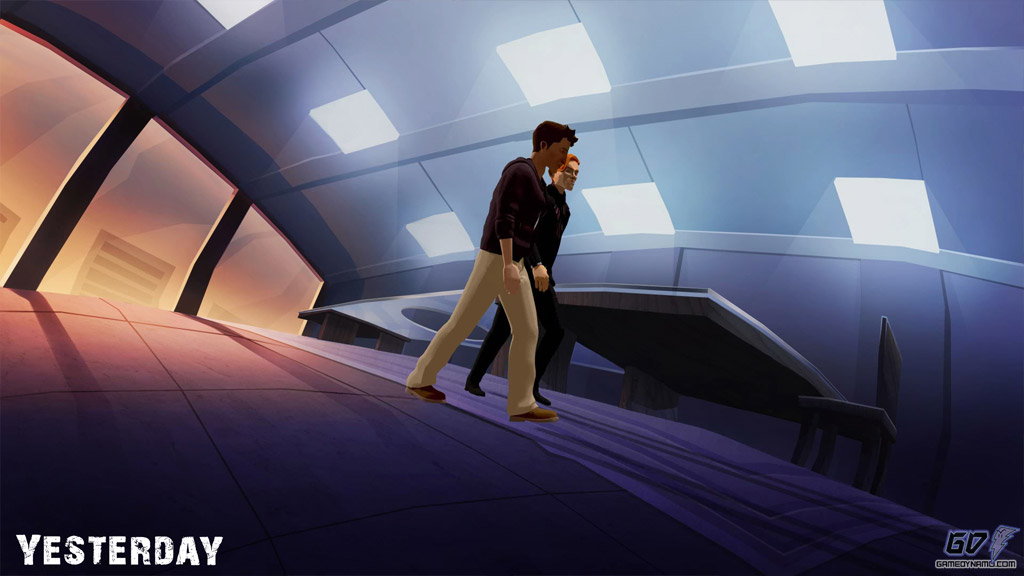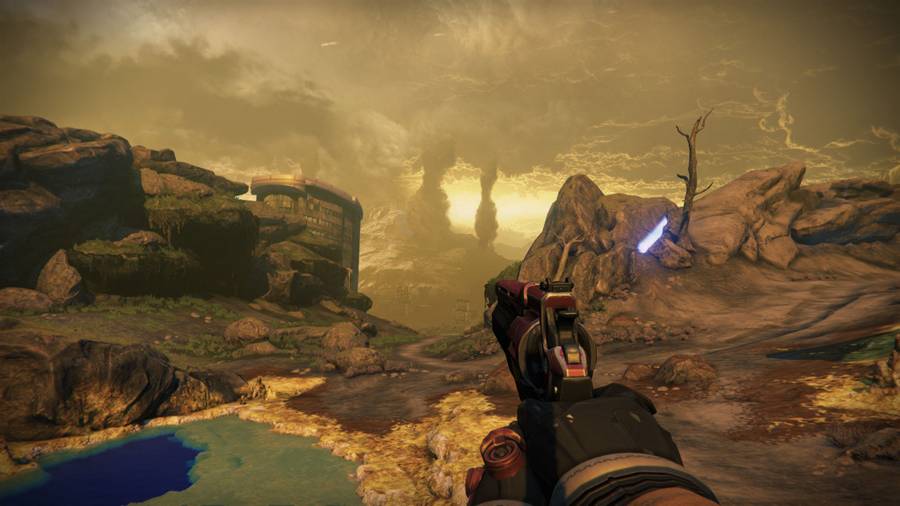{MAH JONGG is a very fun and challenging puzzle game that was developed by an American businessperson named Joseph Babcock, near the end of World War I. He didn抰 actually invent the game, but rather modified a Chinese game of the 19th century.
He had played it in Shanghai. Promptly we fell in love with it. He decided that Americans would really like the game, but thought it would be too difficult as it was, so he simplified the rules. The Chinese game was known by several different names, depending on the region and dialect, but the one that抯 known best roughly translates to 揋ame of the Four Winds.?Rumor has it that Mr. Babcock named his new game after the bird on one of the tiles, which represents a mythical figure 揗AH JONGG,?which basically means 搕he Bird of a Thousand Intelligences.擳here are many variations of MAH JONGG, but they are basically played the same way. You have several tiles laid out on the table, which usually consist of the following categories, or suits. Circles, (numbered 1 to 9); Chinese characters, (numbered 1 to 9); Flowers (Mum, Plum, Bamboo, and Orchid); Seasons (Spring, Summer, Winter, and Autumn); The Four Winds (North, South, East, and West); Bamboo, (numbered 1 to 9 and The Bird of a Thousand Intelligences); and Dragons. In some cases, the suits are different, but the basic concept is the same for all. The numbers are only for more convenient matching, unless you are playing a scored variation of the game.|MAH JONGG is a very fun and challenging puzzle game that was developed by an American businessperson named Joseph Babcock, near the end of World War I. He didn抰 actually invent the game, but rather modified a Chinese game of the 19th century.
He had played it in Shanghai. Promptly we fell in love with it. He decided that Americans would really like the game, but thought it would be too difficult as it was, so he simplified the rules. The Chinese game was known by several different names, depending on the region and dialect, but the one that抯 known best roughly translates to 揋ame of the Four Winds.?Rumor has it that Mr. Babcock named his new game after the bird on one of the tiles, which represents a mythical figure 揗AH JONGG,?which basically means 搕he Bird of a Thousand Intelligences.擳here are many variations of MAH JONGG, but they are basically played the same way. You have several tiles laid out on the table, which usually consist of the following categories, or suits. Circles, (numbered 1 to 9); Chinese characters, (numbered 1 to 9); Flowers (Mum, Plum, Bamboo, and Orchid); Seasons (Spring, Summer, Winter, and Autumn); The Four Winds (North, South, East, and West); Bamboo, (numbered 1 to 9 and The Bird of a Thousand Intelligences); and Dragons. In some cases, the suits are different, but the basic concept is the same for all. The numbers are only for more convenient matching, unless you are playing a scored variation of the game.}
The tiles are randomly arranged in a layout of your choosing at the beginning of the game. The number of tiles in the layout can vary from version to version. The object of the game is to clear the tiles by matching two identical tiles until there are no remaining moves left.Each pair is removed from the layout. Tiles must have an open side to be removed, and must not be under another tile, either. You keep matching pairs until no more pairs are available to match. In some variations, you then shuffle the remaining tiles, placing them randomly in the last positions they occupied, and continue until you have removed all the pairs, or there are no more moves left. In other variations, once you get to the point that there are pairs that are no more available, the game is over, and you begin again
{The basic rules are that numbered tiles can only be matched in the same suit, for instance, a nine of circles can only be matched to another nine of circles, but not to a nine of bamboo.
Compass Directions can only be matched against the exact same direction, such as with North with North or South with South. Dragons must be the same color.
In the case of the Flowers and Seasons, any Flower can be matched with another, and any Season can be matched with another. Although MAH JONGG is typically a one-player game, there are variations, which can be played by two or more players. Nowadays, people generally play MAH JONGG on their computers or the Internet, but it is still played the old-fashioned way with tiles on a table, as well. It is played just for fun and relaxation, and there are also tournaments. Game and software developers invent new variations all the time. People are playing both alone and against one another on the Internet every day. It is a game enjoyed by the young and the old. MAH JONGG is timeless and remains one of the most popular puzzle games of our time.|The basic rules are that numbered tiles can only be matched in the same suit, for instance, a nine of circles can only be matched to another nine of circles, but not to a nine of bamboo.
Compass Directions can only be matched against the exact same direction, such as with North with North or South with South. Dragons must be the same color.
In the case of the Flowers and Seasons, any Flower can be matched with another, and any Season can be matched with another. Although MAH JONGG is typically a one-player game, there are variations, which can be played by two or more players. Nowadays, people generally play MAH JONGG on their computers or the Internet, but it is still played the old-fashioned way with tiles on a table, as well. It is played just for fun and relaxation, and there are also tournaments. Game and software developers invent new variations all the time. People are playing both alone and against one another on the Internet every day. It is a game enjoyed by the young and the old. MAH JONGG is timeless and remains one of the most popular puzzle games of our time.}






 Minecraft Mod Examination: Random Things
Minecraft Mod Examination: Random Things Where To Buy Class Items In Destiny
Where To Buy Class Items In Destiny Team Fortress 2 - The Most Fun You'll Have Online
Team Fortress 2 - The Most Fun You'll Have Online Assassin’s Creed Syndicate Sequence 4 – A Spoonful of Syrup
Assassin’s Creed Syndicate Sequence 4 – A Spoonful of Syrup Grand Theft Auto 5 Walkthrough Guide Collection
Grand Theft Auto 5 Walkthrough Guide Collection